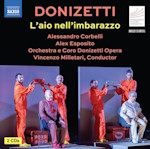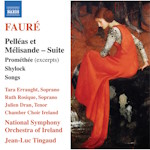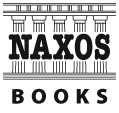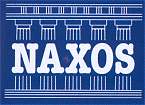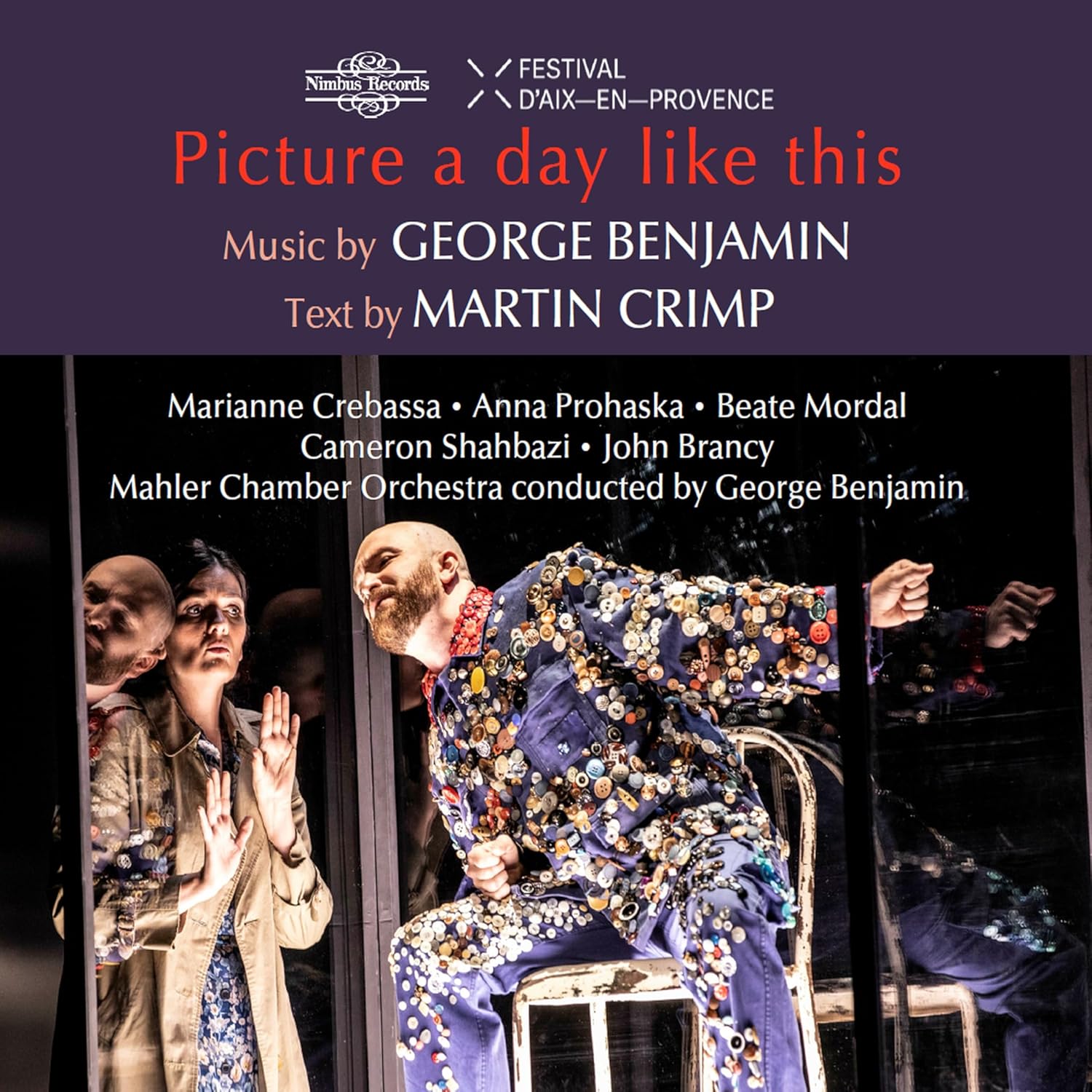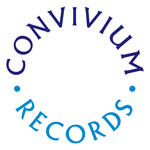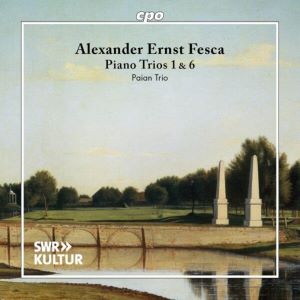
Alexander Ernst Fesca (1820-1849)
Piano Trio No. 1 in B flat major, op. 11 (publ. 1840)
Piano Trio No. 6 in F major, op. 54 (publ. 1848)
Paian Trio
rec. 2014, Kammermusikstudio SWR Stuttgart, Germany
Reviewed as lossless download
cpo 5550242 [65]
Alexander Fesca was born in Karlsruhe, Germany, and had some success as composer and pianist during his short life, particularly with two operas, Mariette and The French in Spain. Among his small output for chamber ensembles were six piano trios; he was more prolific with songs and piano pieces. His father Friedrich’s music has also some attention from the cpo label.
His entry in Grove’s Dictionary states that his works “lack originality”, but I think what these two pieces lack is quality. Had they been ersatz-Beethoven or Haydn, I suspect they would have been a lot better. Given that Fesca was a concert pianist, I am very surprised how relatively unvirtuosic the piano parts are, and the string writing is, for the most part, plain, even simplistic, and certainly not especially interesting.
Those of a nervous disposition should shield their eyes from what I‘m about to say. Trio No. 1 is one of the tritest and dullest piano trios I have ever heard. It is thirty-five minutes of my life I will never get back. Briefly in the slow movement, there is some engaging soulful writing for the strings, which is then completely spoiled by silly trills in the highest register of the piano. Trio No. 6 is certainly an improvement, but then again, how could it not be? The first movement has some good moments; I did like the slow introduction, but it gets bogged down in heavy clangorous chords before heading into early Beethoven territory (but not at all well). The second movement (Andante cantabile) is probably the only one of the eight presented here, where it is quite good throughout, but sadly the same can’t be said for the last movements.
The Paian Trio has a good reputation, but this release is unlikely to do much to improve it. There is so much ungrateful piano writing (again very surprising), consisting of hitting the keys very hard with no sustain. The violin’s tone is a little nasally, and while the cello sounds better, its role is limited to accompaniment for a lot of the time. The booklet notes have some excellent biographical information, but the commentary on the two works is of the second-by-second micro-analysis school, describing basically everything that happens in too much detail without telling you anything useful. Let me give you an example:
Solo anticipations of the main theme (8’01) lead to the recapitulation (8’08), which is largely analogous to the exposition with a transition (8’55), the secondary theme in the main key (9’59) and a final section (11’16).
Were this another label, I would assume that the recording date in the booklet was a typo and was actually supposed to be 2024, but cpo is renowned for holding recordings for extended periods, in this case, more than a decade. I’ve never seen a good explanation why the good folks in Osnabrück do this (it’s the “o” in cpo in case you were puzzled). This is the second volume of Fesca’s trios; the first, recorded in 2012 and released in 2015, was well received by our reviewer (review). Does cpo have the remaining trios (Nos 3 & 4) sitting on its shelf? If so, those who enjoy his music more than me will be hoping they don’t have to wait as long for the final volume to appear.
David Barker
Buying this recording via a link below generates revenue for MWI, which helps the site remain free




